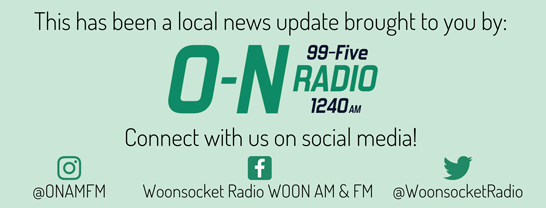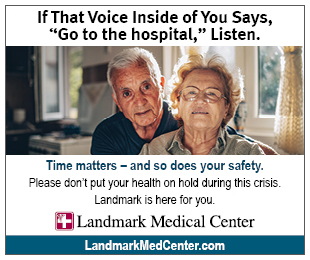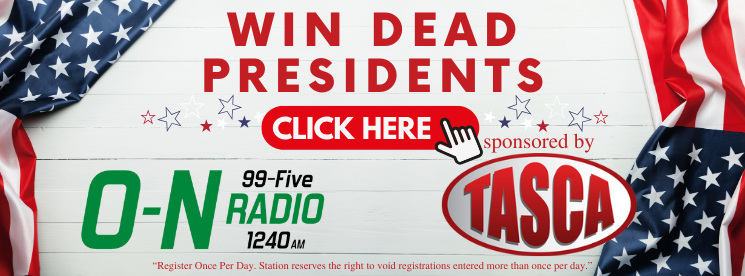
RIDOH and URI Offer Free Testing for Lead in Child Care Facility Drinking Water; Testing Completed in Half of Public Schools
As part of an ongoing effort to identify and address sources of possible childhood lead poisoning, the Rhode Island Department of Health (RIDOH) is urging licensed child care facilities to sign up to have their drinking water tested for lead. The testing is free and is offered by a cooperative effort of RIDOH and the University of Rhode Island (URI) Cooperative Extension Water Quality Program. Child care facilities are required to test their drinking water upon initial licensure or when there are significant changes to the plumbing; however, historically, that testing has been at the owner’s expense.
“Lead is poisonous and can impact a child’s ability to learn and succeed in school,” said Director of Health Jerome Larkin, MD. “No Rhode Islander should have to worry if the water their child is drinking at school or child care facility is safe. With our partners at URI, we have already tested the drinking water at more than half of Rhode Island’s public schools to see if onsite plumbing could be exposing students and staff to lead. We are pleased to be able to offer this same opportunity to licensed child care facilities.”
Participating child care facilities select up to 10 drinking water faucets and fountains, including bottle filling stations, for testing. URI collects the samples, and the samples are tested at RIDOH’s State Health Laboratories. RIDOH has some limited federal funding that may help schools and child care facilities subsidize the costs of replacing eligible faucets and fountains. RIDOH will also provide child care facilities that detected any lead with suggested actions to lower lead levels. Child care facilities that follow any of RIDOH’s recommended actions will be able to re-test their drinking water, for free, to confirm lead levels were lowered. Lead is a poisonous metal. As plumbing gets old, lead can get into the water when metal wears away in pipes, lead-based solder, or brass fittings on faucets or water fountains. There is no safe level of lead in drinking water. Children with high blood lead levels can experience lifelong health problems, such as learning disabilities, loss of IQ, and reduced attention span. The effects are most serious for children younger than six.
“The only way to know if there is lead in drinking water is to test for it. With this information, child care facilities are able to take the needed steps to lower lead levels and safeguard the health of children and staff,” said Rhode Island Department of Human Services (DHS) Director Kimberly Merolla-Brito. RIDHS is the state agency that oversees child care facility licensing. “While child care centers are already testing, this provides an opportunity for them to do it at no charge. I would encourage these facilities in the state to take advantage of this important opportunity.”
Results of testing in public schools
Since this initiative started in 2023, RIDOH and URI have tested water at 148 public schools, representing the drinking water for more than 60,000 students. At the schools, 1,022 drinking water faucets and fountains were tested.
Lead is measured in drinking water in parts per billion (ppb). Higher levels of lead (higher than 10 ppb) are more concerning. Nearly 80% of drinking water faucets and fountains tested did not detect any lead. High levels of lead in school drinking water were rare. Less than 4% of sampled drinking water faucets and fountains had higher than 10 ppb of lead.
Although only 20% of all the faucets and drinking fountains tested detected lead, nearly 70% of schools tested detected lead in at least one drinking water faucet or fountain. Approximately 21% of schools detected high levels of lead (greater than 10 ppb) in at least one drinking water faucet or fountain. These results underscore the importance of testing individual drinking water faucets and fountains for lead at schools and child care facilities for lead. Schools and child care facilities can use test results to identify problematic water faucets and fountains and work to fix the problem. If the test results are lower than 10 ppb, the school or child care facility should flush the pipes before students and staff arrive and they should clean and replace aerators. If test results are higher than 10 ppb, the school should replace the faucet or drinking fountain.
All drinking water testing results are shared with the school or child care facility and are posted on RIDOH's website. Participating facilities are encouraged to share the results directly with their parents, staff, and community.
This water testing project is funded by the Environmental Protection Agency Lead Testing in School and Child Care Program Drinking Water grant, established by the Water Infrastructure Improvements for the Nation (WIIN) Act.
Any school or child care facility that is interested in participating can email Lisa Philo (This email address is being protected from spambots. You need JavaScript enabled to view it.). Questions can be emailed to This email address is being protected from spambots. You need JavaScript enabled to view it..
Related Links:
Free Child Care Facility Lead Testing flyer |English| |Spanish|












